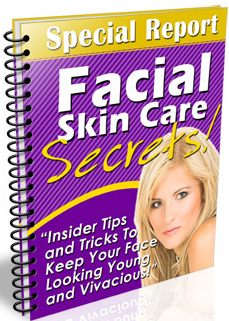Eczema is a broad word used for relentless itchy, dry rashes. While in reality there are about 10 different variations of it. They may each have different triggers and characteristics, but they all stem from the same root cause. The Immune System. Doctors have just recently discovered the individual nerve cells that carry an ‘itch’ to the brain, yet they still have not been able to come up with a true way of curing eczema by standard medicine.
Atopic Eczema:
Is without a doubt the most common and general form of eczema. It is responsible for afflicting 1-3% of adults and 10-20% of youth in industrialized countries. The amount of eczema sufferers in the United Stated alone have almost tripled in the past 30 years and continues to grow.
Just like other versions of eczema, heredity is a key factor in this “allergic disease”. Families with a history of asthma and hay fever can almost bank on the fact that there children will have some form of eczema to some extent. This itchy rash is particularly exhibited on head and scalp, neck, and the insides of knees and elbows.
Contact Dermatitis:
This is a second type of eczema that shows up in two forms: 1) The allergic type is a result of a delayed reaction to things like poison ivy, poison oak, or some other type of allergen. 2) The irritant form arises from a direct contact with some shampoos, detergents, deodorants, etc… The ‘irritant’ form of eczema accounts for about 3 / 4 of the patients. The main reason is because of the work environment. Even MDs that wash there hands all day long are susceptible to this. Changing your brand of detergents or soap to a non perfumed / un scented version will usually suffice at keeping this at bay.
Xerotic eczema:
Better known as ‘winter itch’ – is basically a dry skin condition that worsens to the point where it turns into eczema. The dryness in the air of winter time makes it worse, usually manifesting on the limbs and trunk. This type of eczema will look more like a cracked, dry desert river bed. The elderly are far more prone to developing this ailment and is closely related to “Ichthyosis”. 95% of Ichthyosis cases are mild and easily mistaken as eczema, but the other 5% of patients can have it grow to life threatening levels.
Seborrhoeic Dermatitis
More commonly known as “cradle cap” in infants, this is sometimes classified as a form of eczema. It causes dry or greasy peeling of the scalp, face and eyebrows. The condition is more likened to dandruff and typically harmless. You will be able to identify it on infants by the yellowish, thick crusty scalp rash. Doctors have been able to link this to a lack of Vitamin B7 and K in the diet, making it easy enough to correct.
So concludes our top 4 forms of eczema. As stated right from the get go, understanding that eczema originates from the inside is critical in getting a handle on this ailment. The creams and lotions will only cover up what’s going on deep inside, but a poor diet and weak immune system will keep the itch coming back for many years to come.
When you get tired of wasting money on prescriptions that only temporarily provide temporary solutions for the symptoms, and ready to get your body inline, grab this Natural Cure For Eczema and beat your eczema for good.
Natural Health
Get valuable info to lose 10 pounds – welcome to your individual knowledge base.



